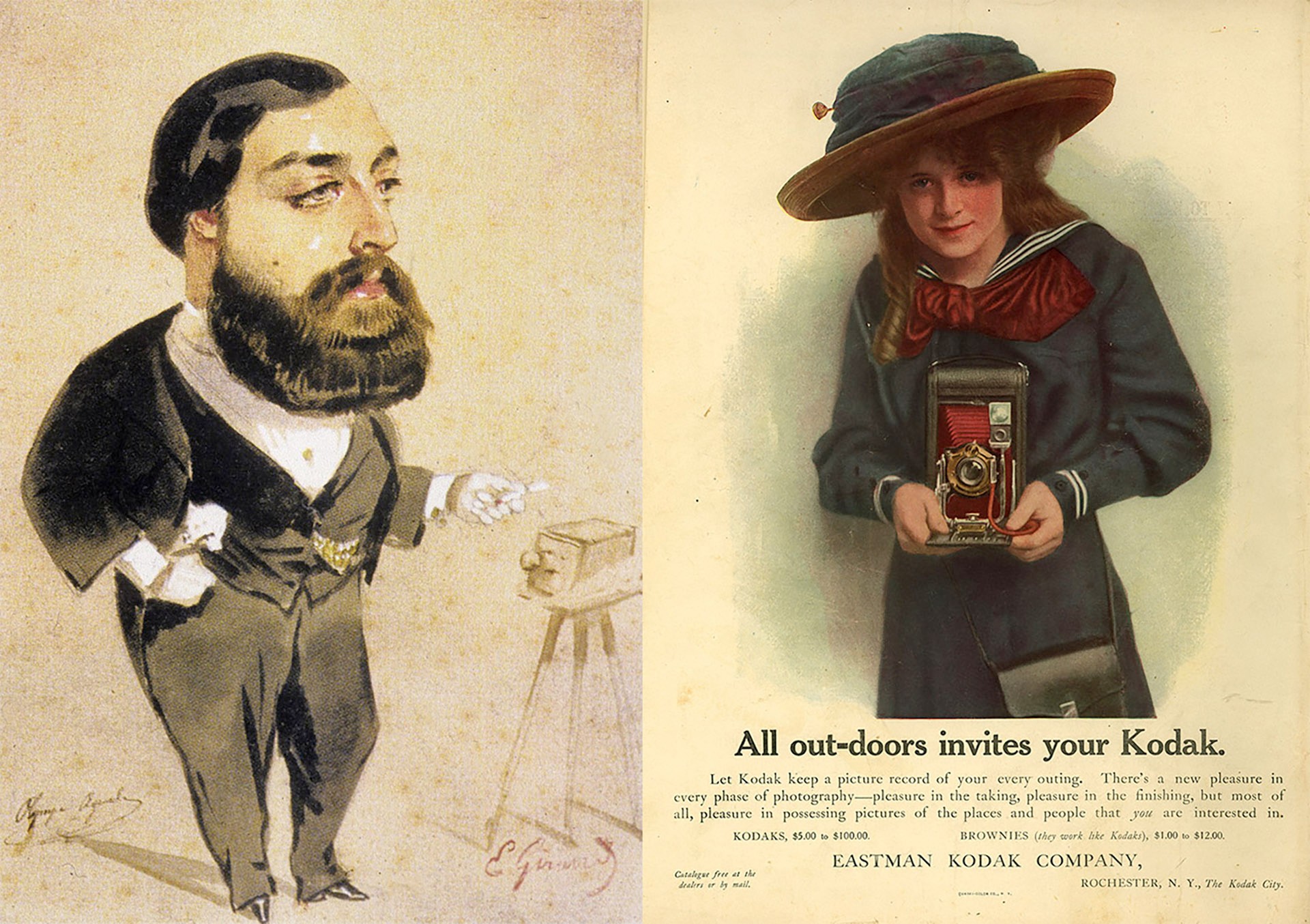Amateur/amateur: Thoughts on the Devolution of a Gentleman's Art
Friday, October 7, 2010, at 18:30
Concordia University, EV-1.605

Laurie Dahlberg
Bard College
Amateurs were the prime movers in the invention and evolution of early photography and amateurism itself has a fascinating evolution that is laid bare in the history of photography. Early in the 19th century the Amateur with a capital “A” was a revered individual in Europe, respected for serious scholarly contributions made to science and the humanities in such fields as astronomy, archaeology, history, and by 1839, photography. But by 1890, thanks largely to the American entrepreneur and industrialist George Eastman, photography was opened to a new class of small “a” amateurs. Scientific expertise and received ideas of taste and art were no longer necessary, and amateurism in photography became associated with shutterbugs, camera fiends, and Americans - in short, caricatures of middlebrow aspirations. In this talk, portraiture will serve as the lens of the amateur's aspirations.
Laurie Dahlberg was ambivalent to photography until she laid eyes on a daguerreotype in 1985. Soon after, as a graduate student in art history at Princeton University, she specialized in the history of photography. Her dissertation on early French photography served as the basis of her first book, Victor Regnault and the Advance of Photography: The Art of Avoiding Errors (Princeton University Press, 2005). She has since lectured and written widely on photography and is now at work on a cultural study of the amateur as a key figure in photography's development in the 19th century. She is an Associate Professor of Art History at Bard College, where she teaches the history of photography and 19th-century art.

